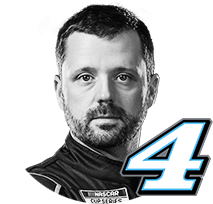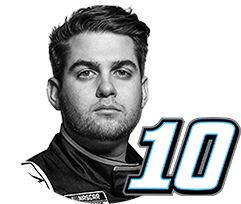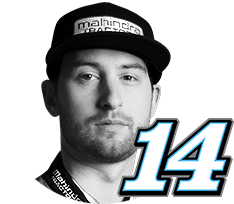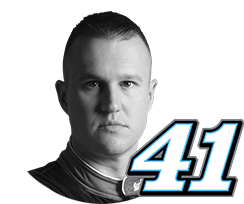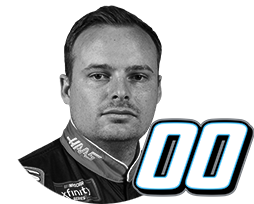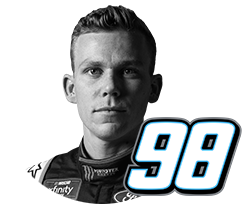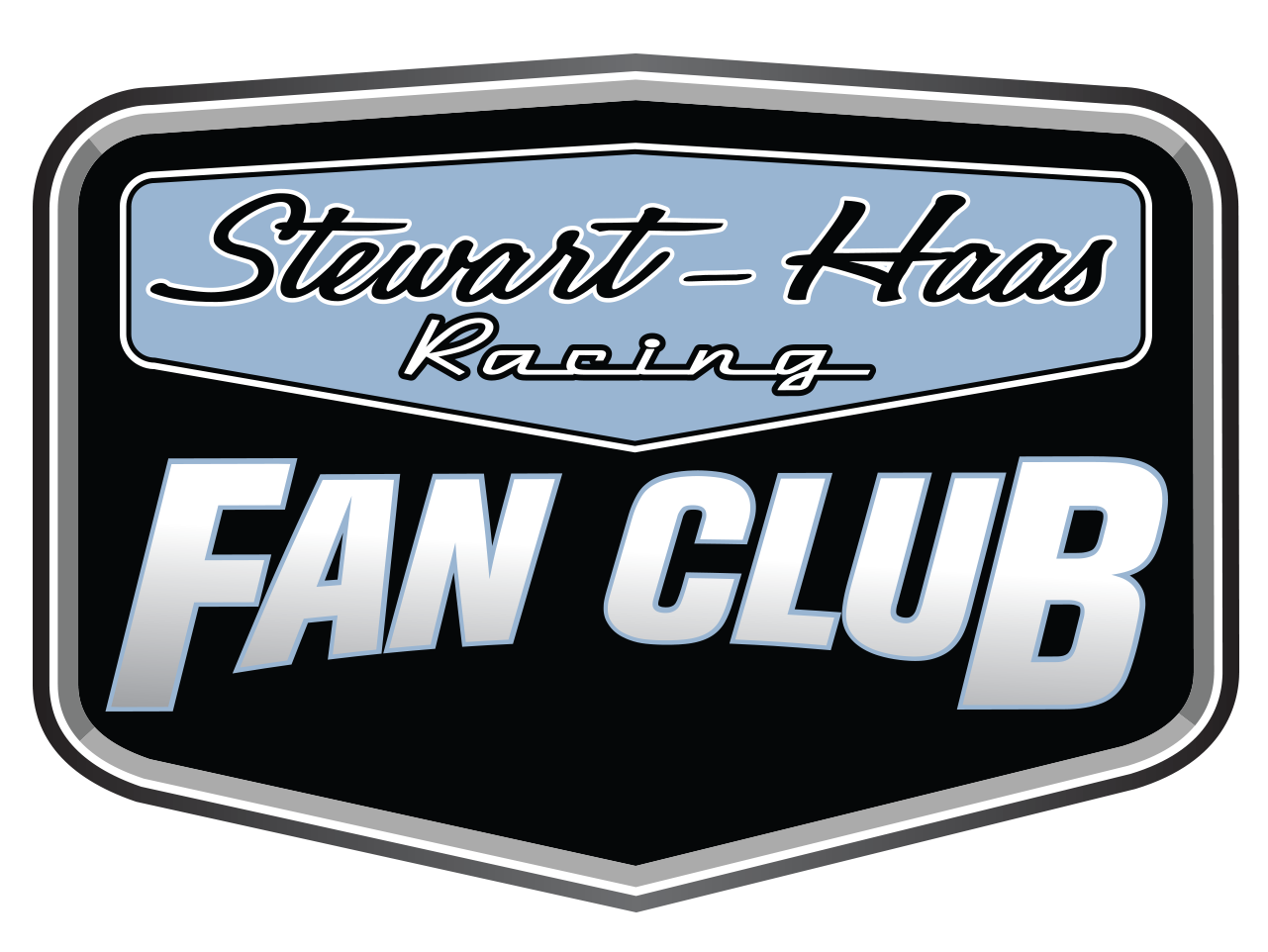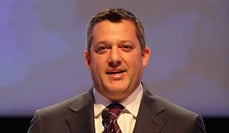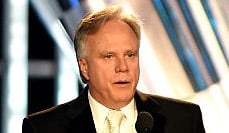KANNAPOLIS, North Carolina – Growing up in Las Vegas, Kurt Busch spent the early years of his career competing at tracks along the West Coast.
And when he wasn’t behind the wheel of his racecar, the driver of the No. 41 Haas Automation/Monster Energy Ford Fusion for Stewart-Haas Racing (SHR) traveled to area tracks to take in races as a spectator. Throughout the 1990s, Busch regularly made the trek to Phoenix International Raceway just to have the chance to watch NASCAR superstars like Dale Earnhardt and Davey Allison compete.
Getting the opportunity to race at the mile oval in the desert west of Phoenix – the same track where he had cheered for many of his racing heroes – was a dream come true for Busch. Racing at the track was like a home game for Busch, who also attended college for several semesters at the University of Arizona down the road in Tucson before making it in NASCAR’s big leagues.
While he was coming up through the ranks, Busch made a number of race starts at Phoenix, competing in series such as NASCAR’s Southwest Series tour. Then, in 2000, Busch took to the track for the first time as a competitor in NASCAR’s top touring series, competing in both the Camping World Truck Series race in March, in which he finished fourth, and then in the Monster Energy NASCAR Cup Series race in November later that same season, when he finished 29th.
Since his first NASCAR Cup Series start at Phoenix, it has been a track where Busch has performed consistently. He only has one win in Cup Series competition at Phoenix, but he also owns seven top-five finishes and 17 top-10s in his 28 starts there. He has an average finish of 13.1, which is the third-highest finishing average for Busch at any active track on the Cup Series schedule.
While competing and winning at Daytona (Fla.) International Speedway is considered the ultimate accomplishment for NASCAR drivers, the mile oval in the Arizona desert outside Phoenix is often thought of just as highly by young racers growing up out West. While Busch is certainly proud of what he’s been able to accomplish at Phoenix, he’d like nothing more than to score another win there not only for the personal pride, but also to better his position for NASCAR’s playoff. Drivers earn five playoff points for every regular-season race win, which they will carry through the 10-race run for the championship.
KURT BUSCH, Driver of the No. 41 Haas Automation/Monster Energy Ford Fusion for Stewart-Haas Racing:
Talk a little bit about heading to Phoenix this weekend.
“Phoenix has done a great job over the years of continuing to upgrade the facility and the racing there, I think, is great on that flat 1-mile track. With (baseball) Spring Training in town during our race, I hope to match up and go out to Mesa, Arizona, where the Cubs play. They’re World Champions. I’ve been a Cubs fan my whole life and it would be great to go and shake their hands and congratulate them on a job well done. We’ll see if that matches up, but as far as the Phoenix race and the atmosphere there and the changes that they’re making, they’re going all in. It gives you this impression that (Bryan) Sperber, the track president, is doing what he needs to do to position himself to be our year-end finale and to see his track host the final Cup points race.”
What do you feel you need to work on at Phoenix to continue the success you’ve had there?
“It seems like, each time we go back to Phoenix, the asphalt is getting a little bit older. It’s starting to get a little bit slicker, yet it still seems like you can stay out forever on tires. You are out there a long time on tires and the air pressures build up. We are going to work this time around on keeping the air pressure down and trying to make our long-run speed better.”
What makes Phoenix such a unique racetrack?
“It’s got a great atmosphere there with turns one and two being much tighter than turns three and four. They reconfigured the dogleg on the back straightaway, which is a huge corner now. It opens up the ability to go way below the yellow line. Sometimes you see cars five-wide on the back straightaway. That is definitely a wild card in the mix there.”


